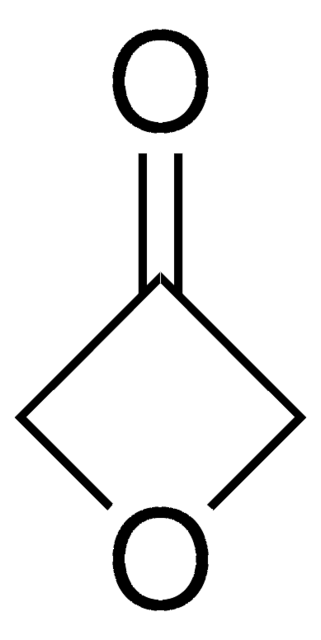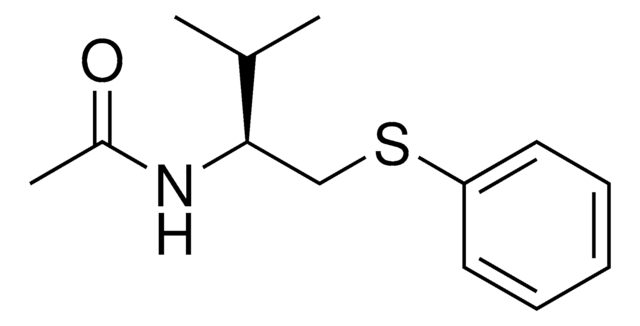803898
Mattson Difluoroborate Urea
Synonym(s):
N-[3,5-bis(trifluoromethyl)phenyl]-N′-[2-(difluoroboryl)phenyl]-Urea
About This Item
Recommended Products
form
powder
reaction suitability
reagent type: catalyst
greener alternative product characteristics
Catalysis
Learn more about the Principles of Green Chemistry.
sustainability
Greener Alternative Product
mp
223-228 °C
greener alternative category
storage temp.
2-8°C
SMILES string
O=C(NC1=CC(C(F)(F)F)=CC(C(F)(F)F)=C1)NC2=CC=CC=C2B(F)F
InChI
1S/C15H9BF8N2O/c17-14(18,19)8-5-9(15(20,21)22)7-10(6-8)25-13(27)26-12-4-2-1-3-11(12)16(23)24/h1-7H,(H2,25,26,27)
InChI key
VTRJGINZAJTRDQ-UHFFFAOYSA-N
General description
Application
Storage Class Code
13 - Non Combustible Solids
WGK
WGK 3
Flash Point(F)
Not applicable
Flash Point(C)
Not applicable
Choose from one of the most recent versions:
Certificates of Analysis (COA)
Sorry, we don't have COAs for this product available online at this time.
If you need assistance, please contact Customer Support.
Already Own This Product?
Find documentation for the products that you have recently purchased in the Document Library.
Related Content
Boronate ureas benefit from internal Lewis acid coordination of the urea cabonyl oxygen and the strategically placed boron. As a result of this structural feature, boronate ureas can be rendered more acidic than conventional urea hydrogen bond donor catalysts.
Our team of scientists has experience in all areas of research including Life Science, Material Science, Chemical Synthesis, Chromatography, Analytical and many others.
Contact Technical Service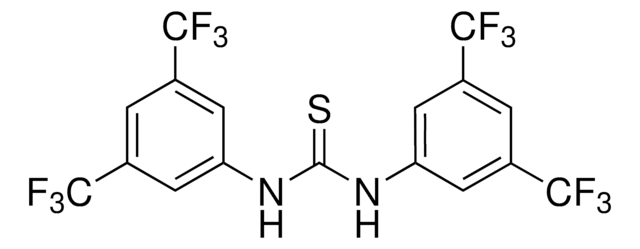
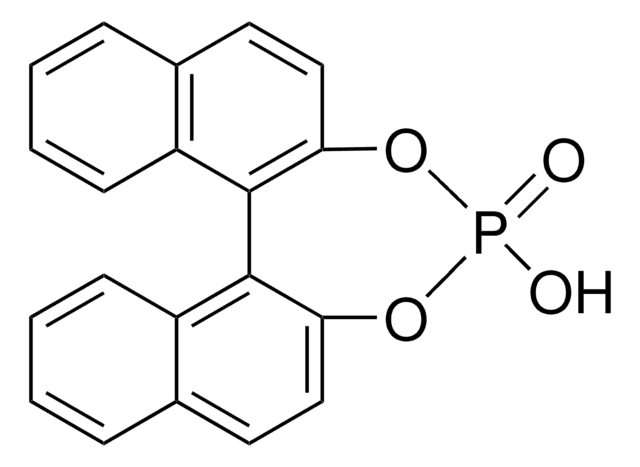
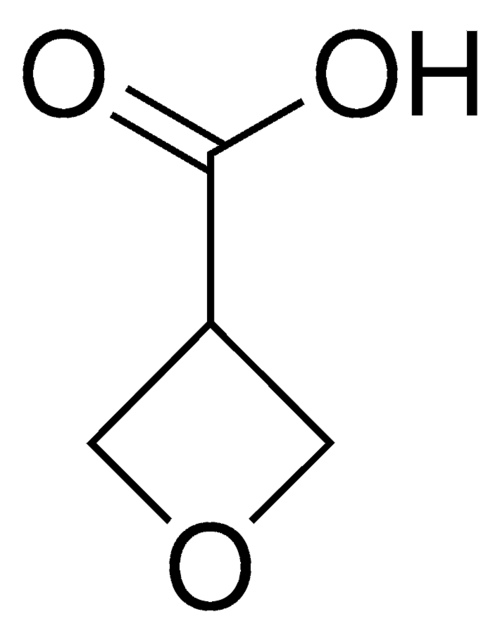
![N-[3,5-Bis(trifluoromethyl)phenyl]-N′-[(8a,9S)-6′-methoxy-9-cinchonanyl]thiourea 90%](/deepweb/assets/sigmaaldrich/product/structures/634/236/e688c89f-a93b-4698-a6fc-48e479a875cb/640/e688c89f-a93b-4698-a6fc-48e479a875cb.png)

![1-[3,5-bis(trifluoromethyl)phenyl]-3-[(1R,2R)-(-)-2-(dimethylamino)cyclohexyl]thiourea AldrichCPR](/deepweb/assets/sigmaaldrich/product/structures/236/021/d944889d-2233-4700-9f2c-caa3652d0124/640/d944889d-2233-4700-9f2c-caa3652d0124.png)
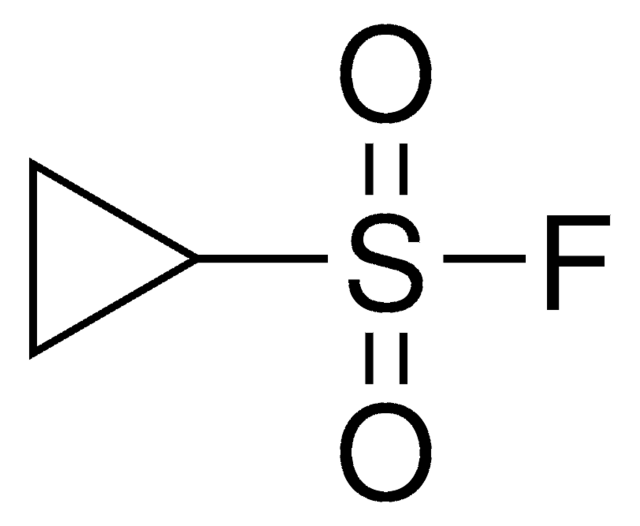
![N-[(1R,2R)-2-(1-Piperidinyl)cyclohexyl]-N′-[4-(trifluoromethyl)phenyl]squaramide 95%](/deepweb/assets/sigmaaldrich/product/structures/238/480/7149c9c0-8769-418a-a96c-77c15dd50cd0/640/7149c9c0-8769-418a-a96c-77c15dd50cd0.png)
